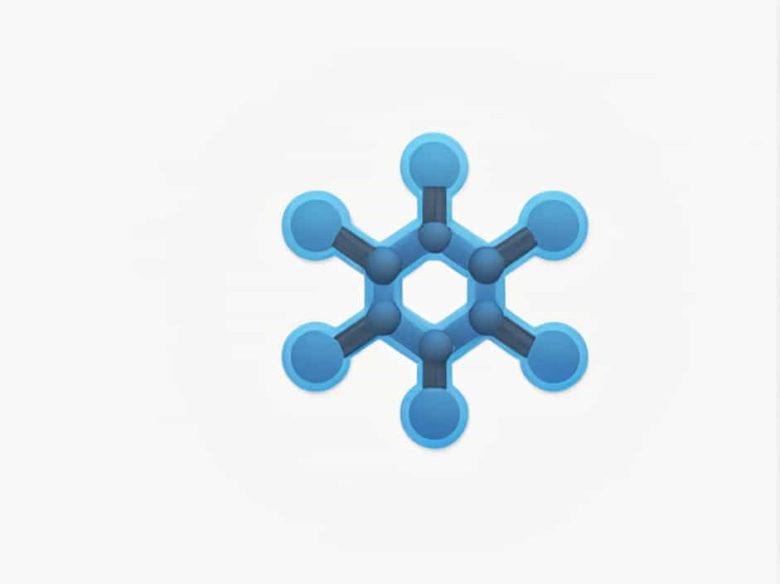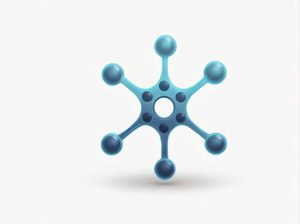Nitrogenous bases are essential components of nucleic acids like DNA and RNA where they play a crucial role in genetic coding and information storage. These bases are classified into two main groups: purines and pyrimidines.
Pyrimidines are smaller single-ring structures that form the foundation of three major nitrogenous bases: cytosine (C) thymine (T) and uracil (U). These bases are essential for DNA replication RNA transcription and protein synthesis.
This topic will explore pyrimidine nitrogenous bases their structure functions and biological significance in genetic processes.
What Are Pyrimidine Nitrogenous Bases?
Pyrimidine nitrogenous bases are organic molecules that contain a single six-membered ring made up of carbon and nitrogen atoms. They are classified as aromatic heterocyclic compounds meaning they have a stable ring structure with alternating double bonds.
The three main pyrimidines are:
- Cytosine (C) – Found in both DNA and RNA.
- Thymine (T) – Present only in DNA.
- Uracil (U) – Found only in RNA replacing thymine.
Structure of Pyrimidine Bases
1. Cytosine (C)
- Found in both DNA and RNA.
- Pairs with guanine (G) through three hydrogen bonds.
- Plays a key role in genetic stability and DNA methylation.
2. Thymine (T)
- Found only in DNA.
- Pairs with adenine (A) through two hydrogen bonds.
- Helps ensure accurate DNA replication and transcription.
3. Uracil (U)
- Found only in RNA.
- Replaces thymine and pairs with adenine (A).
- Important for messenger RNA (mRNA) function and protein synthesis.
Pyrimidine vs. Purine: Key Differences
While pyrimidines are single-ringed structures purines (adenine and guanine) have double-ringed structures. This structural difference ensures proper base pairing in DNA and RNA following Chargaff’s rule which states:
- A pairs with T (or U in RNA).
- G pairs with C.
This complementary base pairing maintains the double-helix stability of DNA.
Biological Functions of Pyrimidine Bases
1. Genetic Coding and Storage
Pyrimidines help store genetic information in DNA and RNA ensuring the accurate transmission of genetic traits.
2. DNA Replication and Repair
During DNA replication pyrimidine bases form hydrogen bonds with purines ensuring the correct copying of genetic material.
3. RNA Function and Protein Synthesis
Uracil plays a crucial role in mRNA transcription allowing for the synthesis of proteins essential for cellular functions.
4. Cell Signaling and Metabolism
Pyrimidine derivatives contribute to cellular metabolism forming essential biomolecules like ATP NADH and coenzymes.
Pyrimidine Metabolism and Disorders
Pyrimidines are synthesized through de novo pathways and degraded into water-soluble molecules excreted in urine. Disruptions in pyrimidine metabolism can lead to disorders such as:
- Orotic Aciduria – A rare genetic disorder affecting pyrimidine synthesis.
- Cancer – Abnormal pyrimidine metabolism can contribute to uncontrolled cell growth.
Pyrimidine nitrogenous bases—cytosine thymine and uracil—are essential for genetic information storage DNA replication and RNA transcription. Their structure function and metabolism play a crucial role in maintaining life. Understanding these bases helps in genetic research disease treatment and biotechnological advancements.



